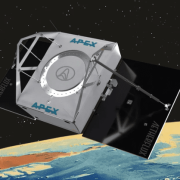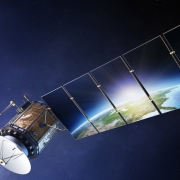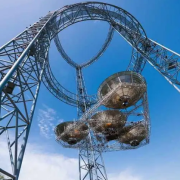A startup led by a founder of a financial services company is taking a new approach to space-based solar power intended to be more scalable and affordable than previous concepts.
Aetherflux announced Oct. 9 plans to develop and ultimately deploy a constellation of satellites in low Earth orbit that will collect solar power and beam it to Earth using infrared lasers. The company is planning to demonstrate this technology with a small satellite launching by early 2026.
The concept is a departure from many previous concepts for space-based solar power (SBSP), which have involved large arrays in geostationary orbit. Those systems would transmit their power using microwaves to large rectennas on the ground. Such concepts have been studied for more than half a century but have not advanced beyond the drawing board.
Click here to read the full article
Source: Space News
—
If you have any questions or thoughts about the topic, feel free to contact us here or leave a comment below.



